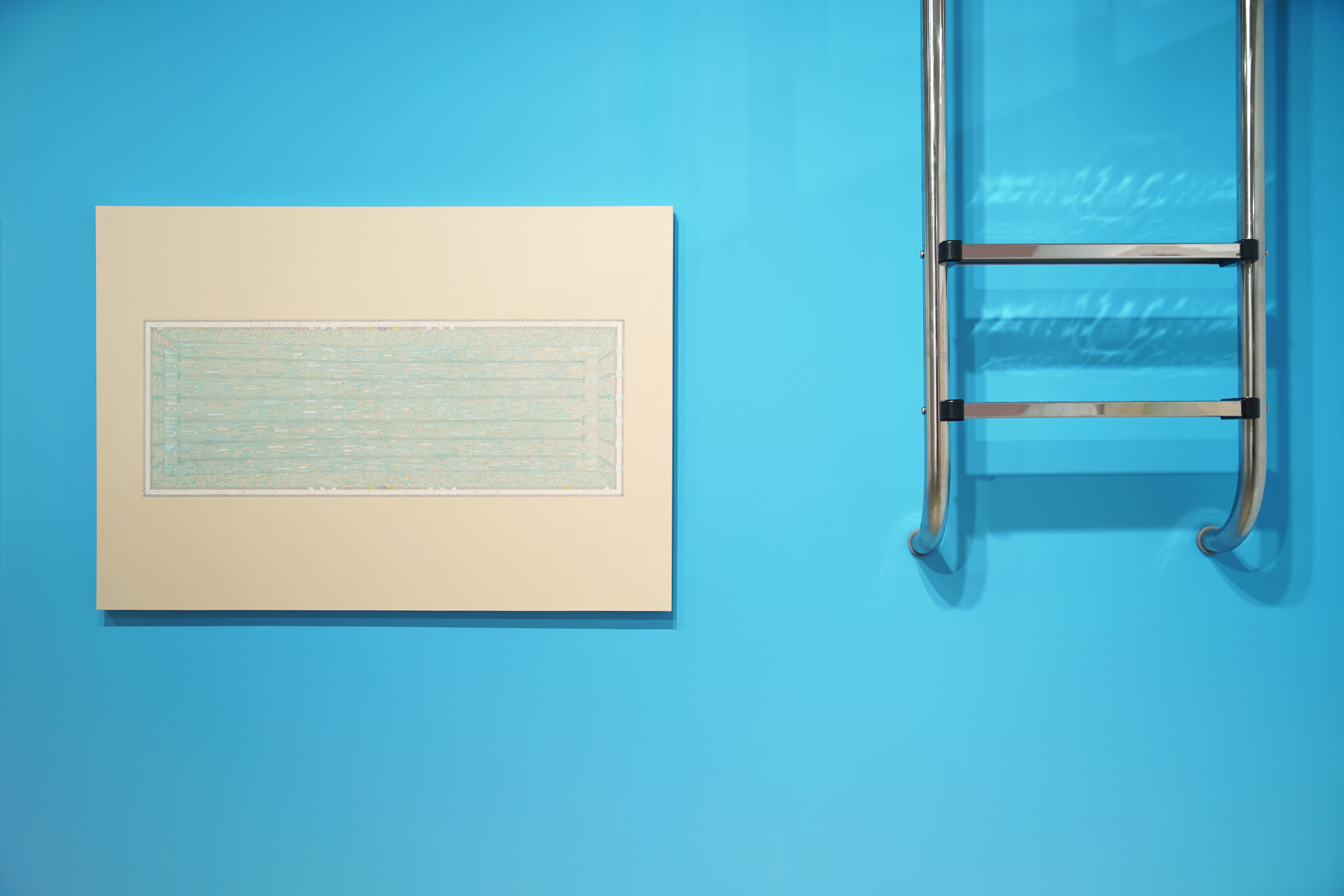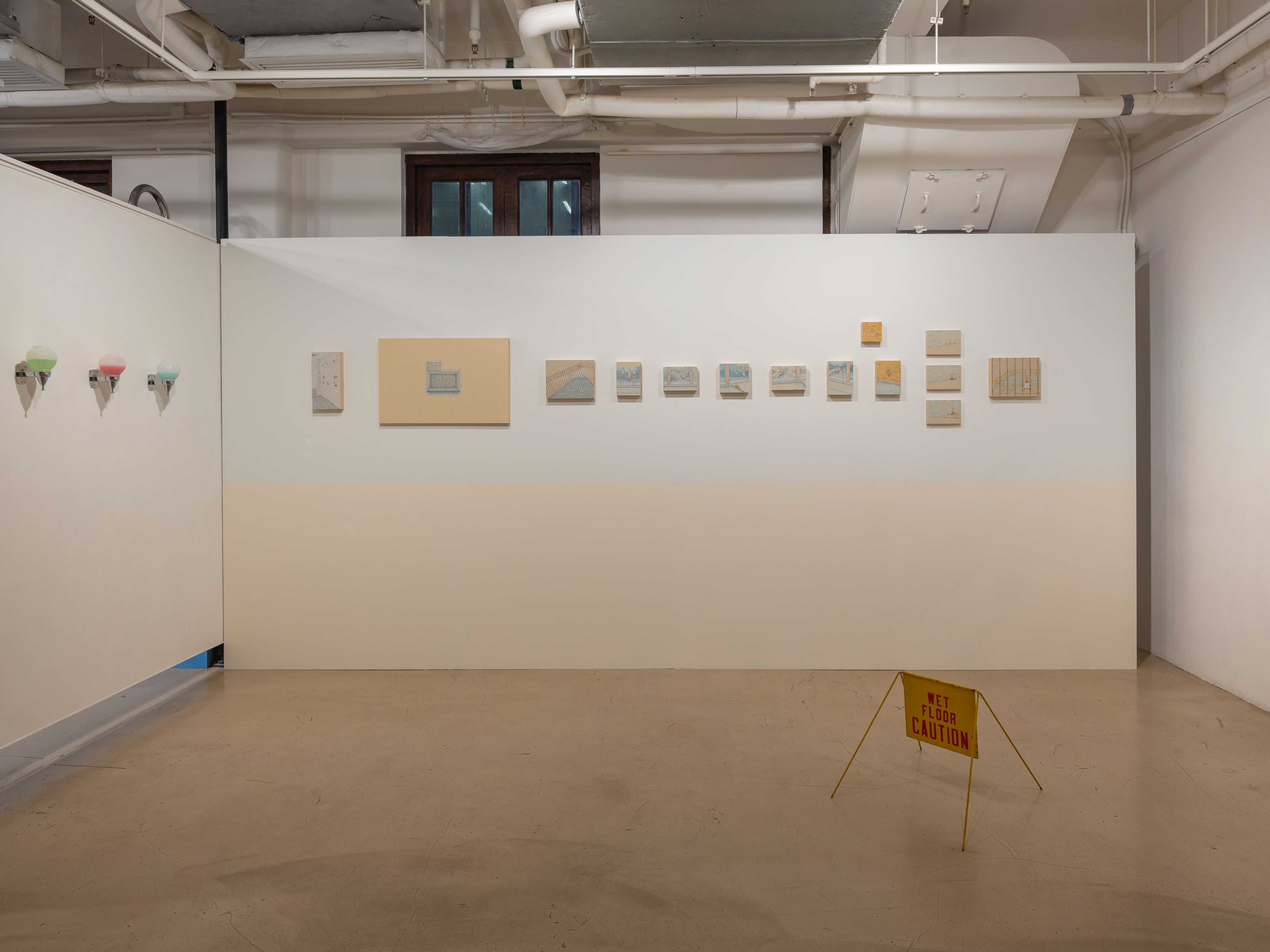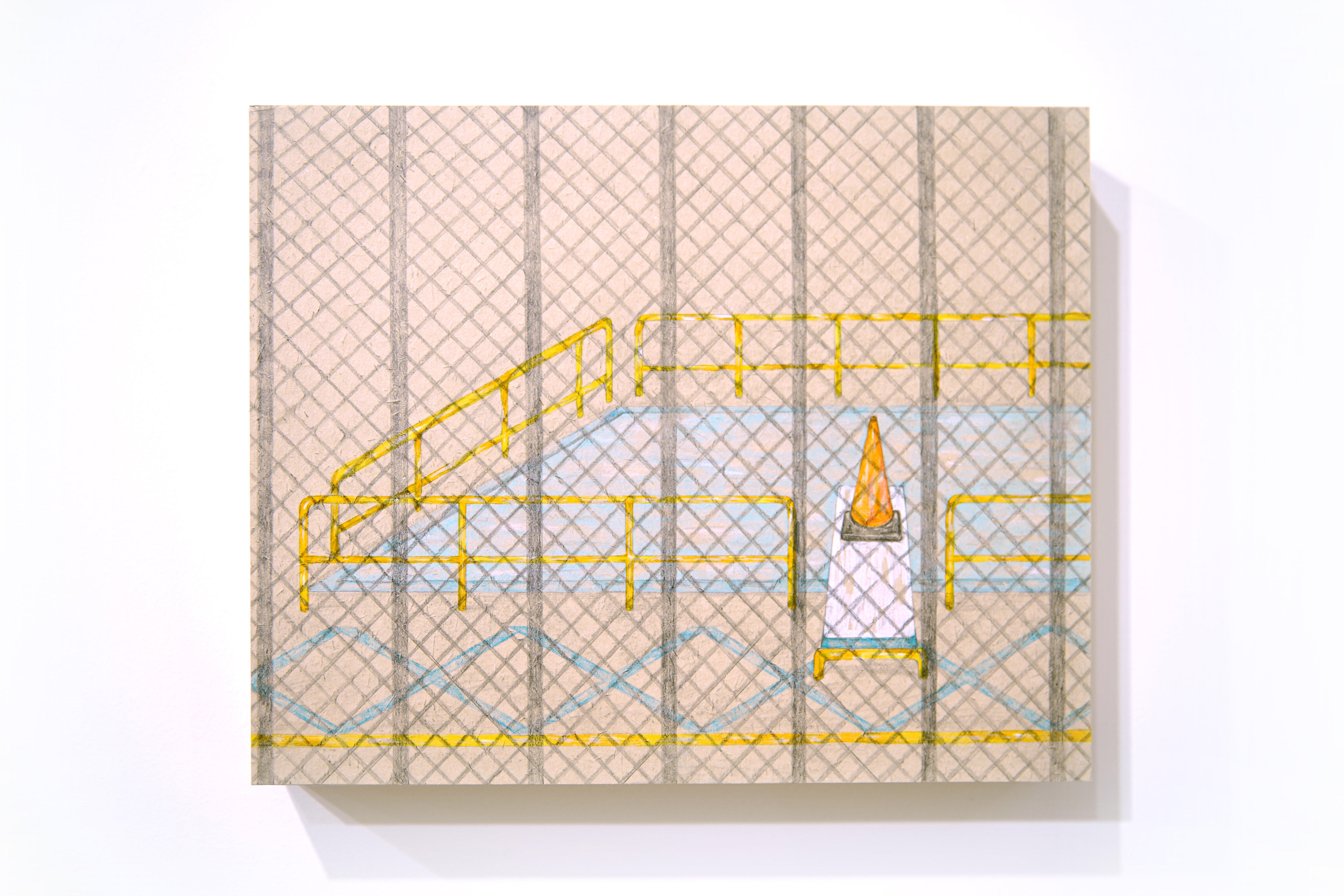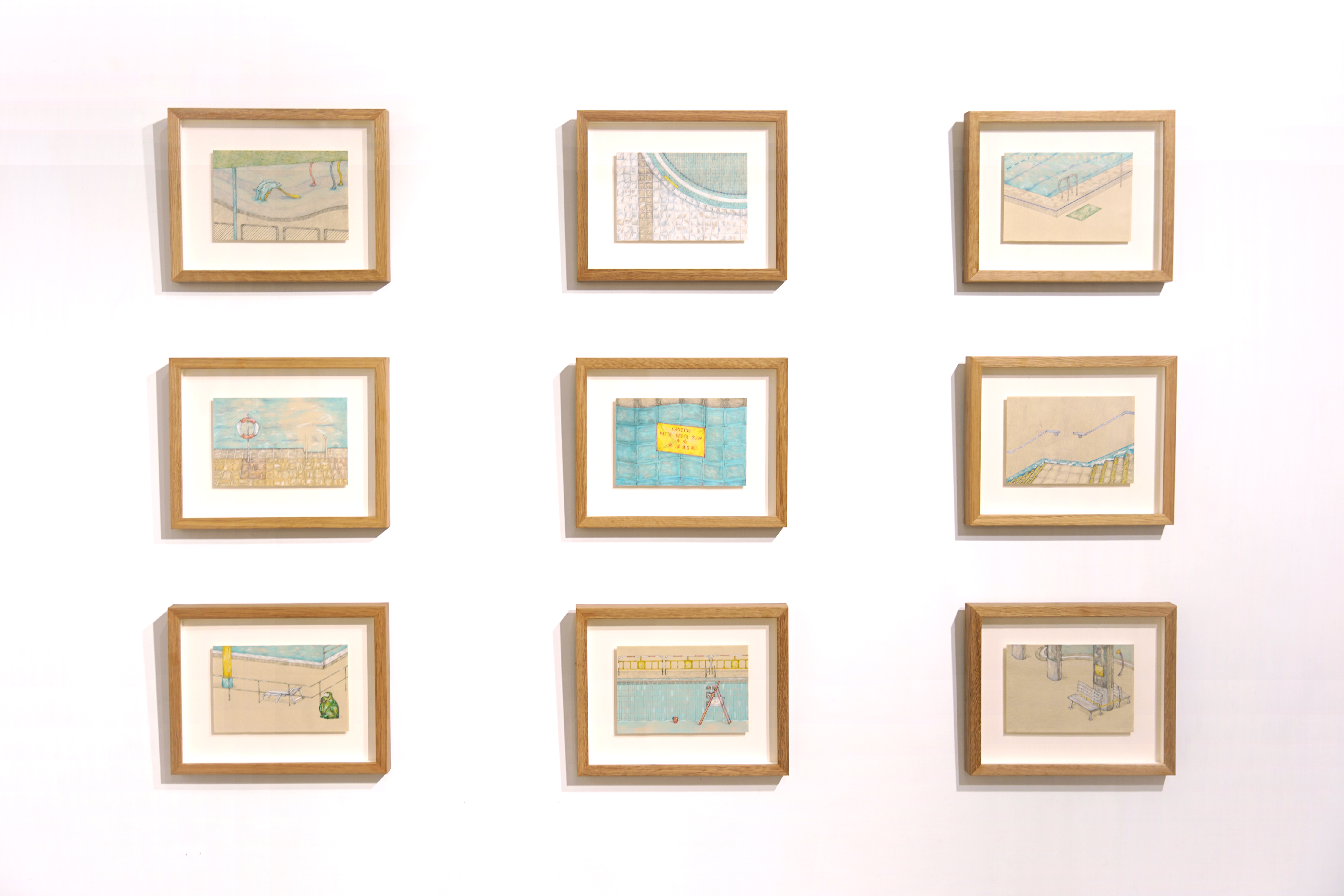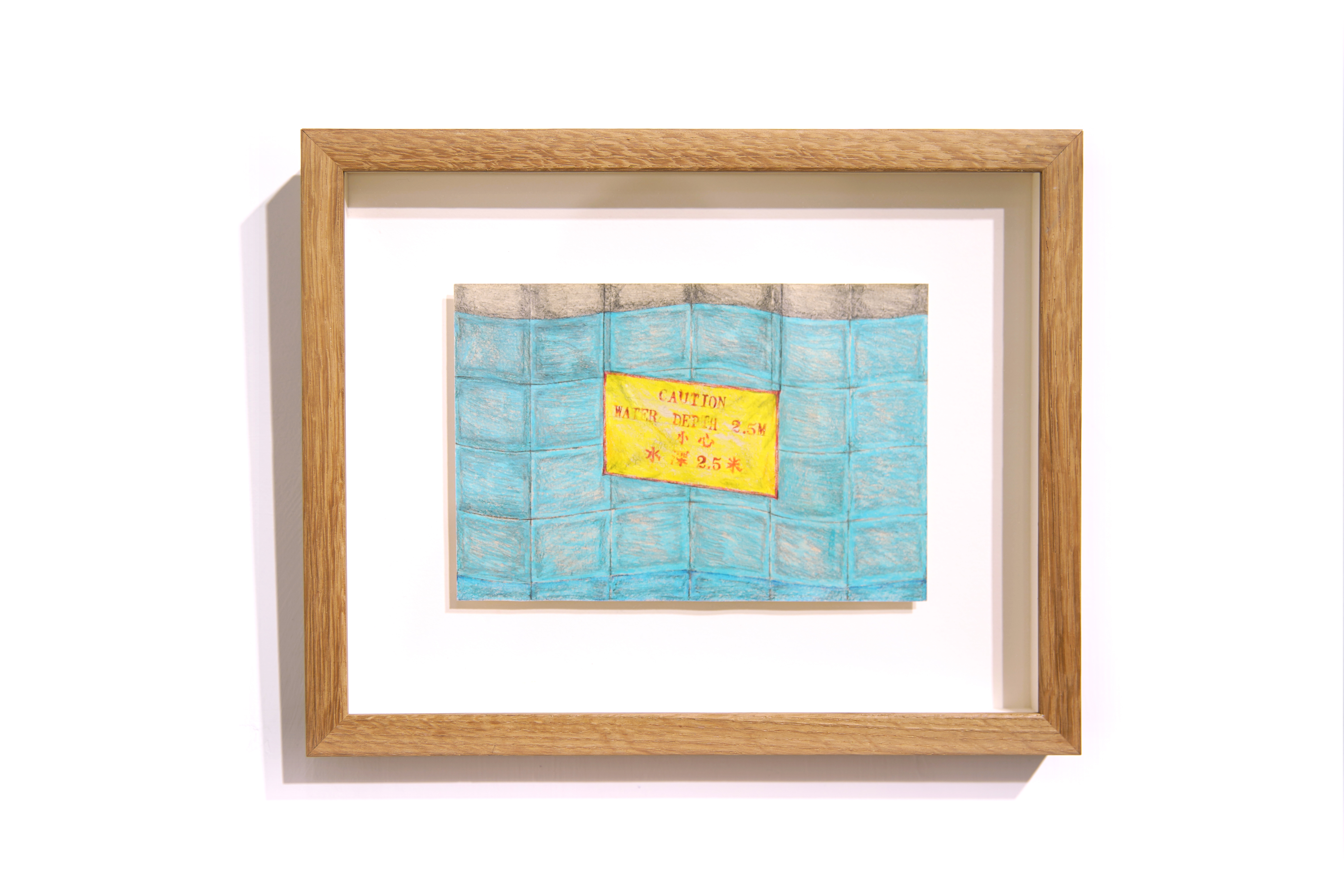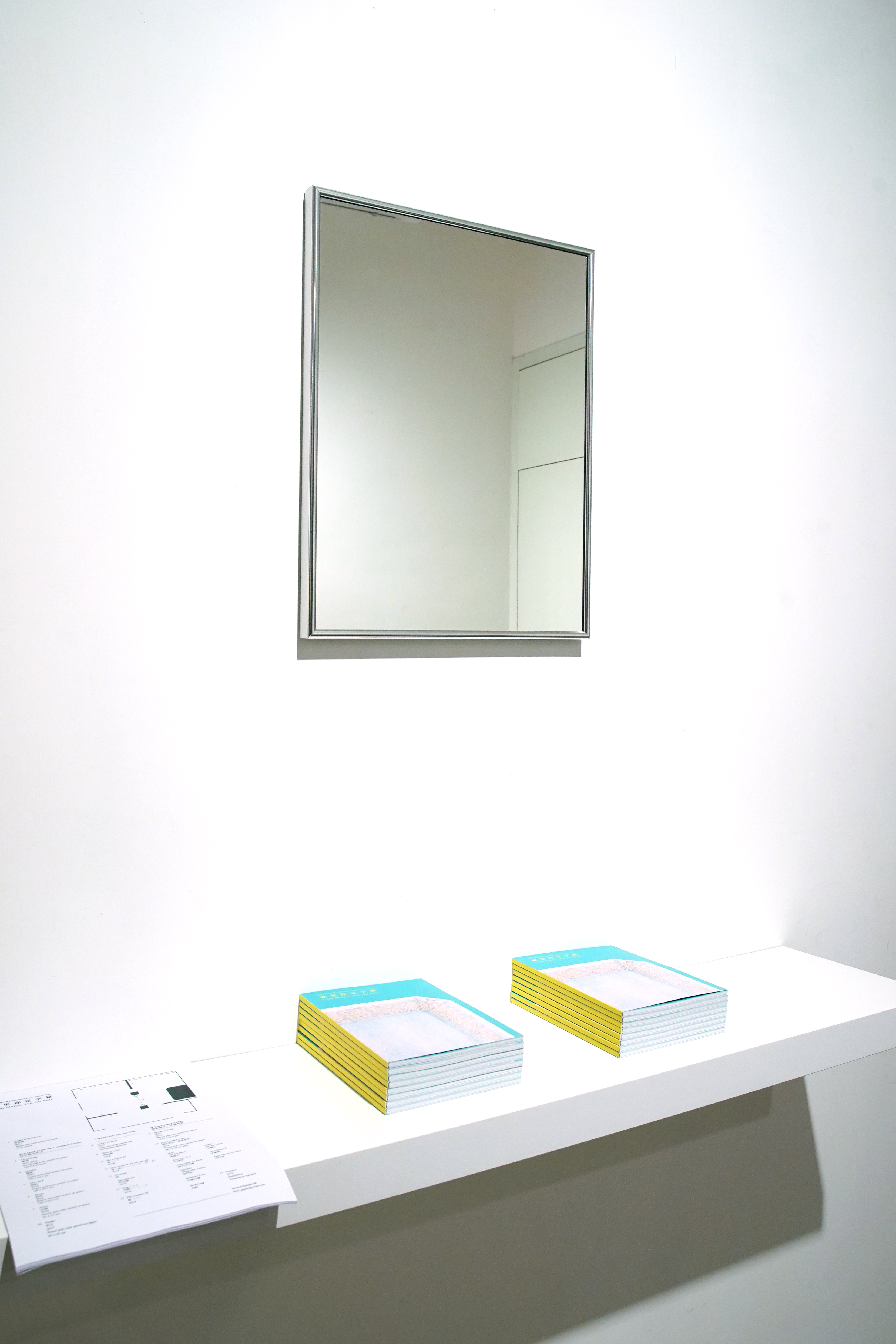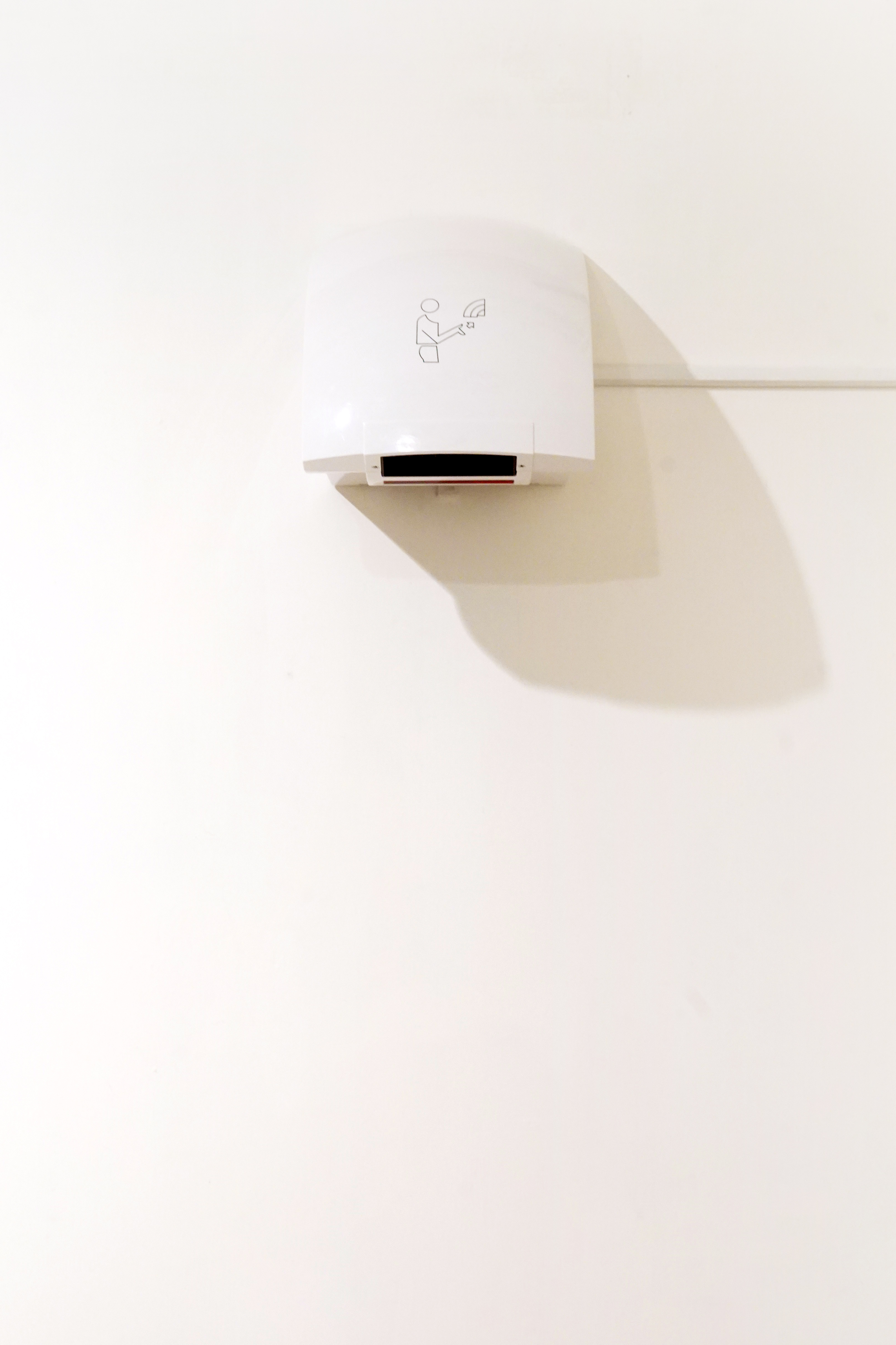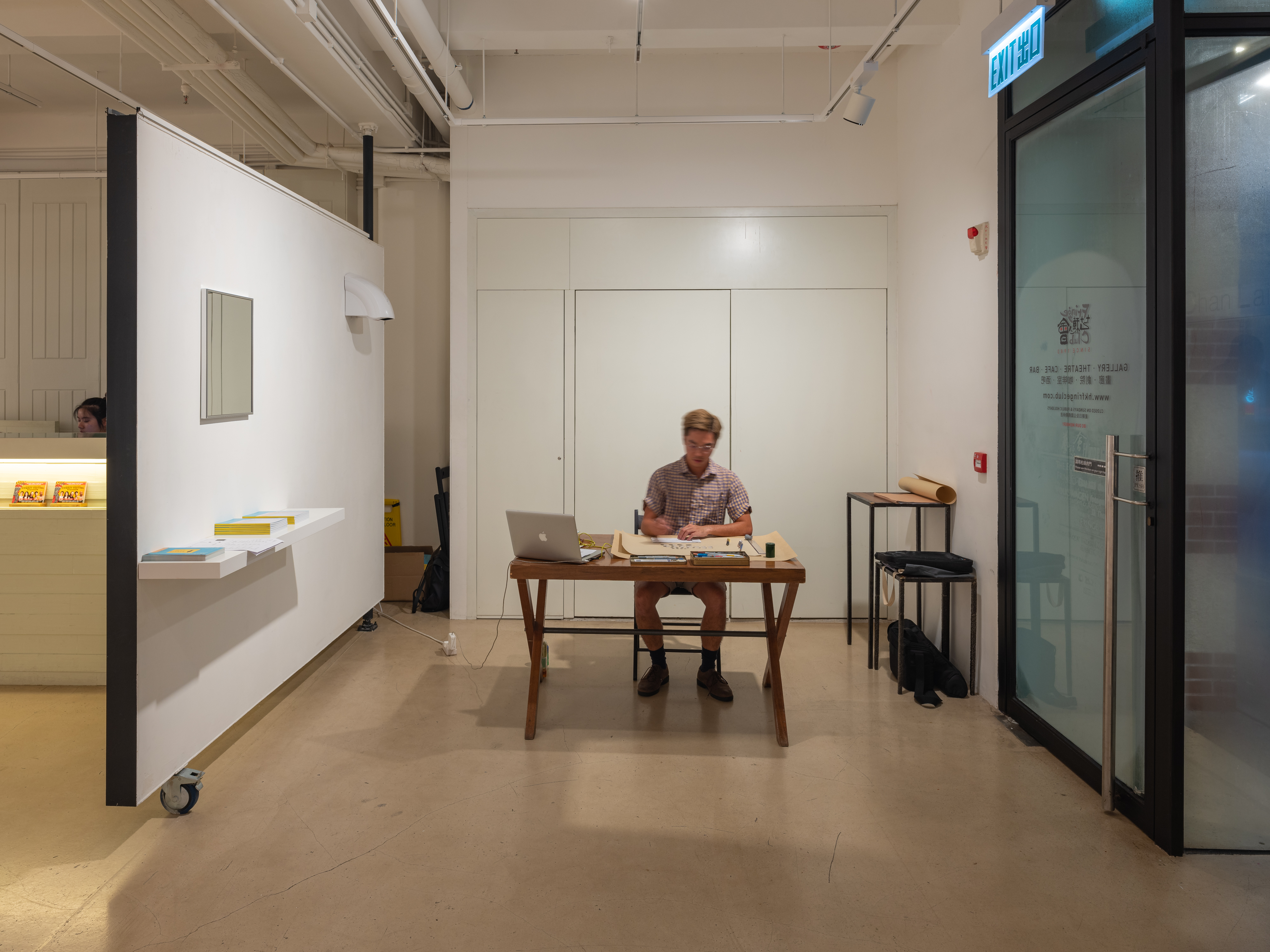I say Marco, you say Polo
/ Fringe Club, Hong Kong, 2019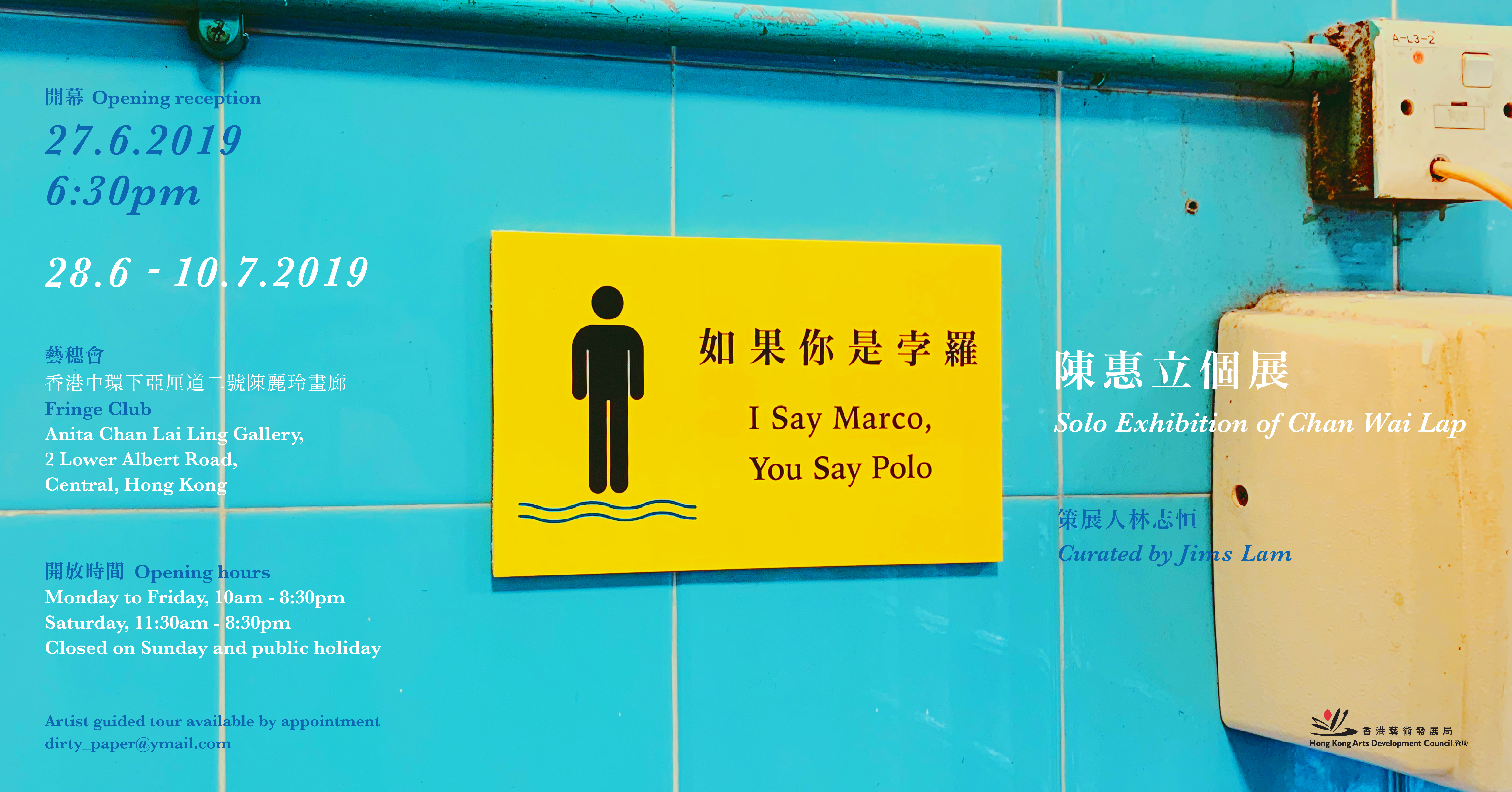
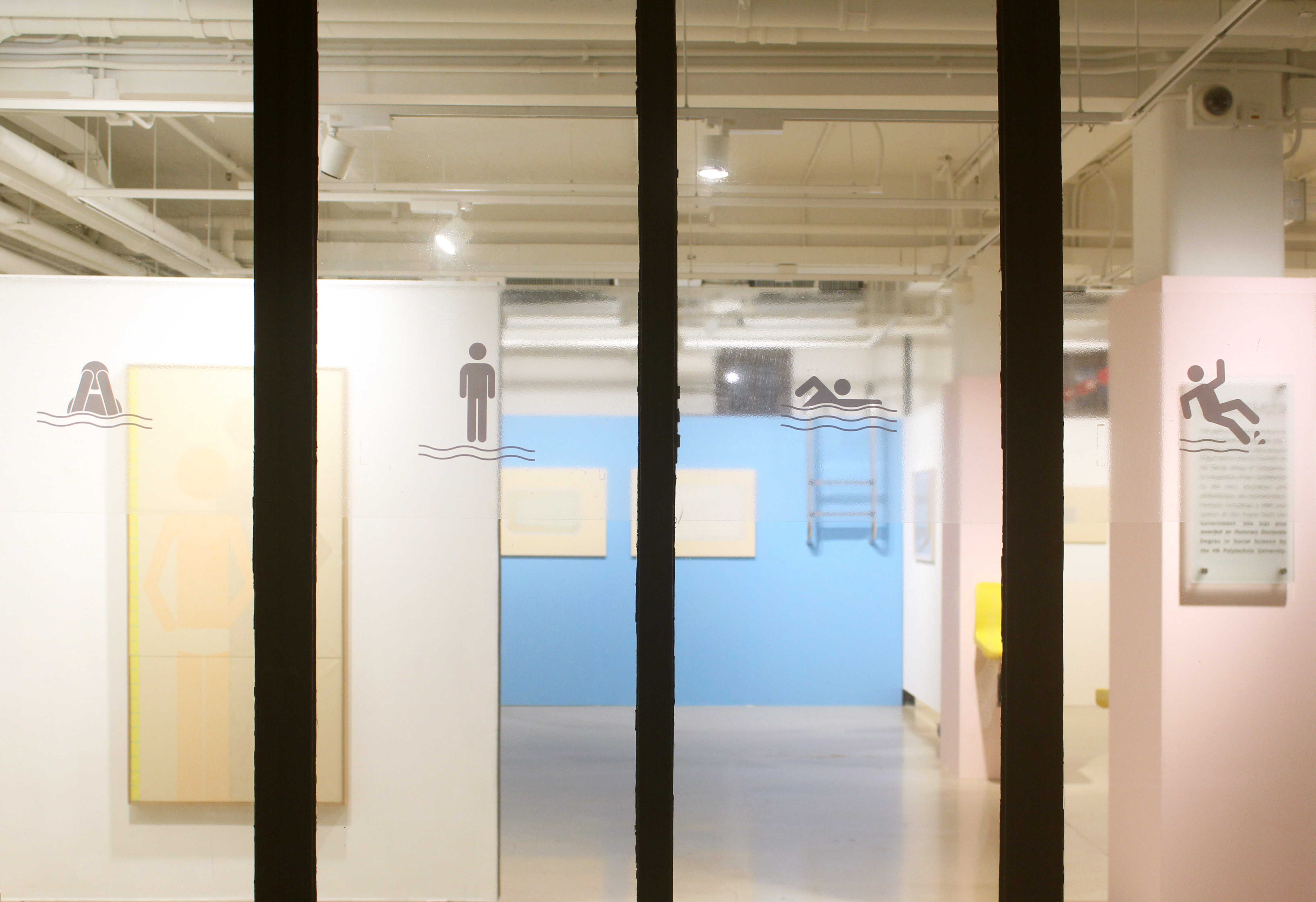
Do you remember what you used to play as a child? Hide and seek, catch, tag -- These names refer to similar games of hide and seek. As we depart from childhood, it is not difficult to realize that these games have given us the reflexes to mature into to adulthood. The game of hide and seek that we have played as children have not yet ended. Instead, it has morphed into adult life, becoming personal games we play with ourselves. Here, the Hong Kong artist Chan Wai Lap presents his milestone exhibition “I say Marco, you say Polo”. Via personal participation, the artist uses the classic pool game to explore public spaces, architecture and interpersonal relationships. The exhibition displays more than thirty works of art and a series of absurd decorations by the artist group Dirty Paper for the first time. It manifests the artist’s maturing ideas, which have been developed during a recent residency in New York. At the exhibition, the artist invites the audience to engage in a game of endless hide and seek with him.
The artist Chan Wai Lap has the habit of swimming an hour everyday. Before he jumps into the pool, he would sit at the audience stand. From afar, he would gaze at the miniscule swimmers that move about in the water like insects. At a suspended, godlike perspective, he lets out a cry to initiate the game of hide and seek -- “Marco!”. And yet, as he slowly waits, counting from one to a hundred, he fails garner a responding cry -- “Polo!”. The catcher fails to catch his prey, as the game ends in disappointment, resulting in the change of artist’s subjectivity from the seeker to the sought, from the gazer to the swimmer. The exhibition describes the change of subjectivity -- from that of the catcher to the prey. As one plays Marco Polo, the catcher cries “Marco”, while the prey calls “polo” to lure the catcher. What binds the exhibited work together is the process of hiding and seeking, a repetitive process of vanishing and appearing. The audience cannot truly tell when the game starts or ends. The artist vanishes and appears, and the resulting contrasts of perspectives opens up the audiences’ imagination.
The artist Chan Wai Lap has the habit of swimming an hour everyday. Before he jumps into the pool, he would sit at the audience stand. From afar, he would gaze at the miniscule swimmers that move about in the water like insects. At a suspended, godlike perspective, he lets out a cry to initiate the game of hide and seek -- “Marco!”. And yet, as he slowly waits, counting from one to a hundred, he fails garner a responding cry -- “Polo!”. The catcher fails to catch his prey, as the game ends in disappointment, resulting in the change of artist’s subjectivity from the seeker to the sought, from the gazer to the swimmer. The exhibition describes the change of subjectivity -- from that of the catcher to the prey. As one plays Marco Polo, the catcher cries “Marco”, while the prey calls “polo” to lure the catcher. What binds the exhibited work together is the process of hiding and seeking, a repetitive process of vanishing and appearing. The audience cannot truly tell when the game starts or ends. The artist vanishes and appears, and the resulting contrasts of perspectives opens up the audiences’ imagination.




